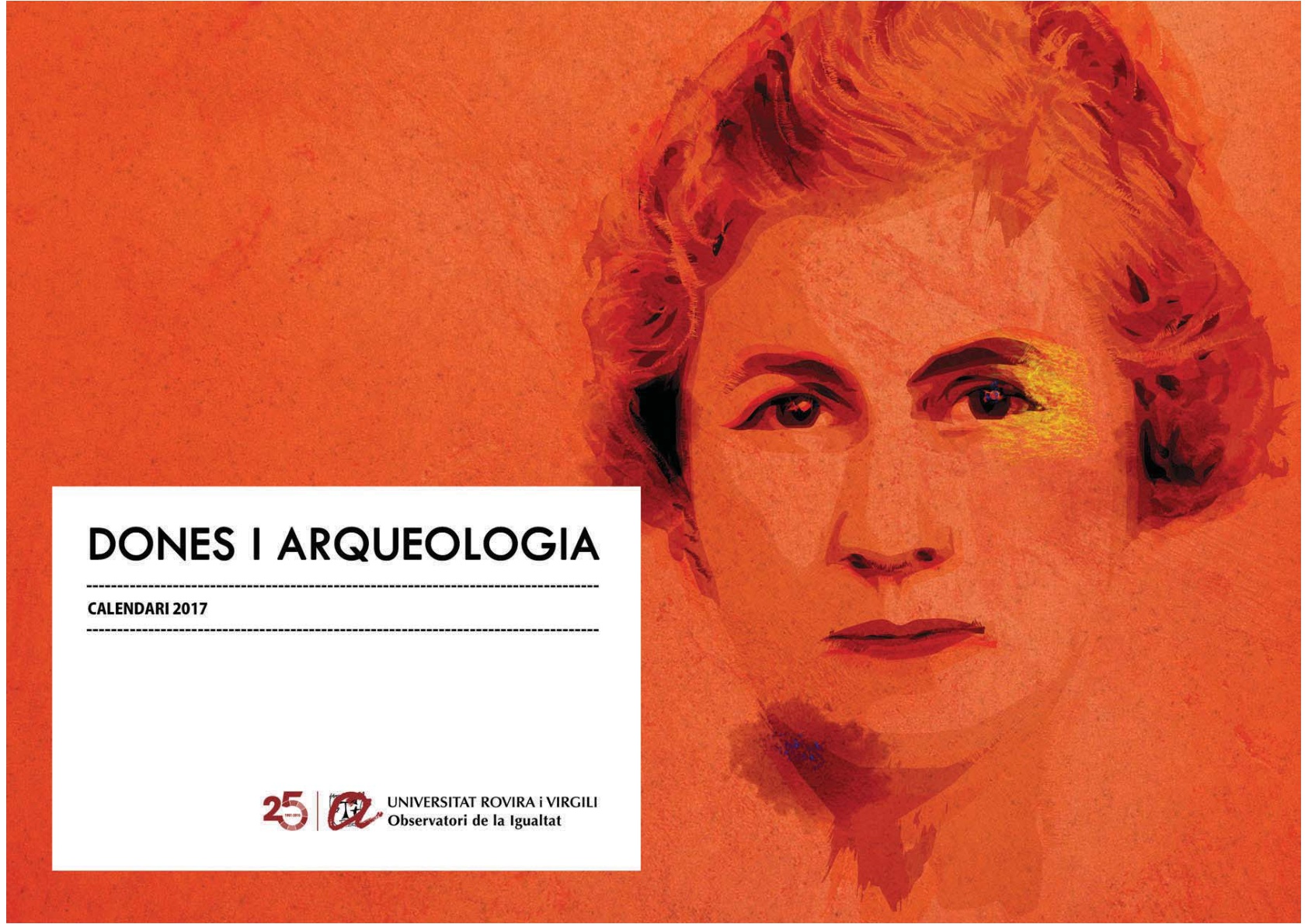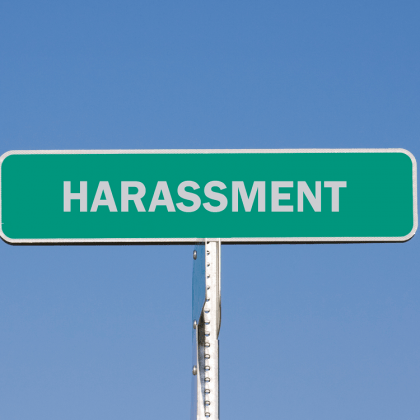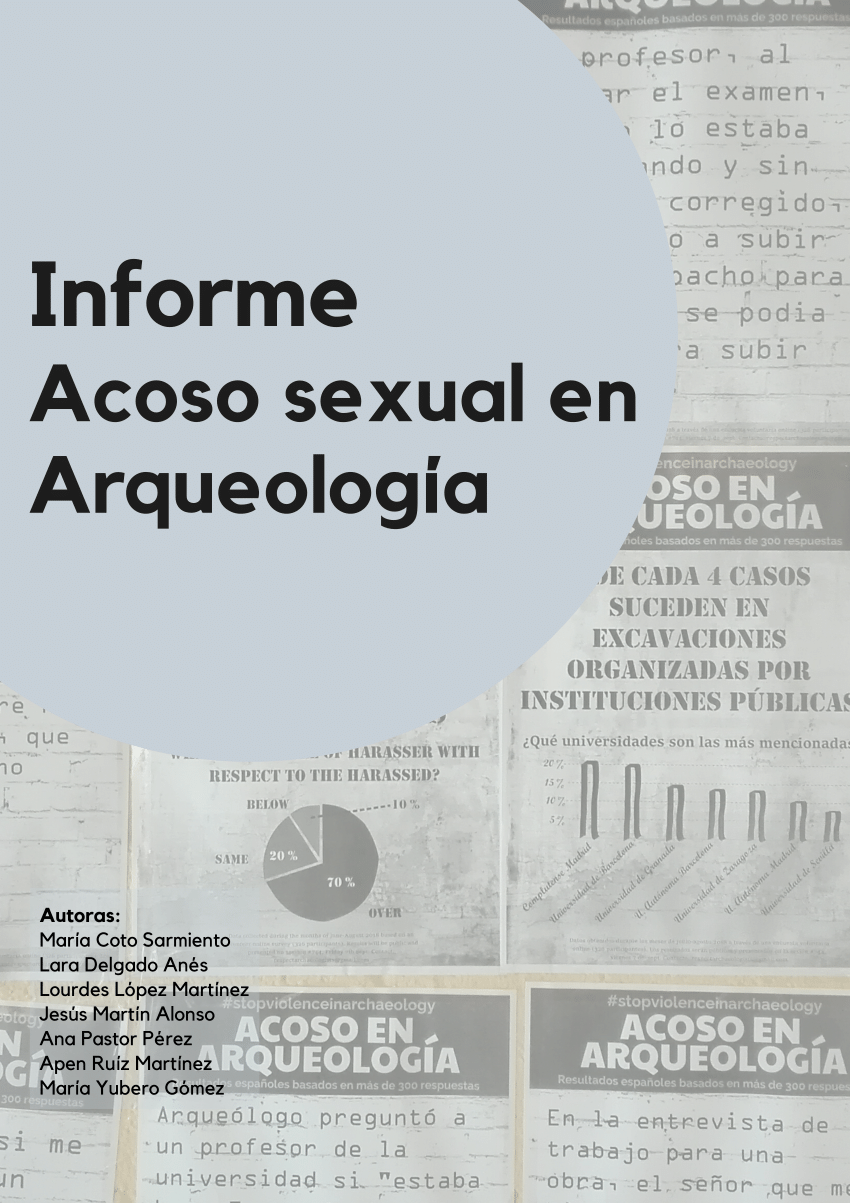ICAC specific publications on gender issues
Los trabajos de las mujeres en el mundo antiguo Cuidado y mantenimiento de la vida
Ana Delgado Hervás, Marina Picazo Gurina
Videos
Harassment in archaeology
Nieto-Espinet, A.; Campanera. M. (2022). Survey on gender discrimination and sexual harassment in Catalan and French archaeology. Zenodo. https://doi.org/10.5281/zenodo.7111169.
For several decades, women have been interviewed to learn about the obstacles they face in their academic careers. However, there is still a need to measure the impact that discrimination and gender-based violence have on their careers and lives, and to highlight the responsibility of institutions in the fight against these bad practices.
In this document you will find the original surveys that were specially designed to study the particular situation of archaeology, where discrimination and sexual harassment are common phenomena, especially during fieldwork. Hypermobility and increasingly precarious working conditions make it especially difficult to protect and prevent such aggressions in the field of archaeology. We have integrated the knowledge of archaeologists, anthropologists and sociologists to offer a broader and multidisciplinary perspective on the origin and perpetuation of these bad practices.
The setting for the study is universities, research centres and private archaeological companies in Catalonia and France. The survey was sent directly to archaeological professionals, researchers and students, whom we contacted directly or through other trusted people. The aim was to ensure the reliability and rigour of the information sources. The results of this work were presented for the first time at the 24th annual meeting of the European Association of Archaeologists (EAA 2018, Barcelona) in the form of an oral communication entitled Making visible gender discrimination in archaeology in times of neoliberal change.
The publication of this work is available at Nieto-Espinet, A.; Campanera, M. (2022). «De la invisibilización a la impunidad. (Des)cifrando la discriminación de género y el acoso sexual en Arqueología». in Díaz-Andreu M, Torres Gomariz O, Zarzuela Gutiérrez, P (Eds.): Voces in Crescendo: del mutismo a la afonía en la historia, Publicacions de la Universitat d’Alacant, 315-337. Disponible a: http://hdl.handle.net/10045/128635.
Nieto-Espinet, A.; Campanera, M. (2022). «De la invisibilización a la impunidad. (Des)cifrando la discriminación de género y el acoso sexual en Arqueología». a Díaz-Andreu M, Torres Gomariz O, Zarzuela Gutiérrez, P (Eds.): Voces in Crescendo: del mutismo a la afonía en la historia, Publicacions de la Universitat d’Alacant, 315-337. Disponible a: http://hdl.handle.net/10045/128635.
This research analyses gender discrimination and sexual harassment in archaeology in Catalonia and France. Our aim is to move the debate from the personal to the political, to move it from something personal, restricted to a few female archaeologists to being considered as a wide-ranging social and institutional problem. The analysis of the results of our detailed survey points out the current state of this kind of violence and discrimination in both territories. Our findings highlight four main aspects. Firstly, it indicates that gender discrimination and sexual harassment take place in all academic and professional spaces, with a higher incidence in the context of fieldwork. Secondly, it shows that sexual harassment has a greater impact on young women (in an early stage of their career). Thirdly, it points that almost all perpetrators are men in a higher hierarchical position. And finally, it reveals that institutional responses remain both inappropriate and insufficient.
Voss, B. (2021). Using Public Health Interventions to Prevent Harassment in Archaeology.
Voss, B. (2021). Disrupting Cultures of Harassment in Archaeology: Social-Environmental and Trauma-Informed Approaches to Disciplinary Transformation. American Antiquity, 1-18. https://doi.org/10.1017/aaq.2021.19.
This article is the second in a two-part series that analyzes current research on harassment in archaeology. Both qualitative and quantitative studies, along with activist narratives and survivor testimonials, have established that harassment is occurring in archaeology at epidemic rates. These studies have also identified key patterns in harassment in archaeology that point to potential interventions that may prevent harassment, support survivors, and hold perpetrators accountable. This article reviews five key obstacles to change in the disciplinary culture of archaeology: normalization, exclusionary practices, fraternization, gatekeeping, and obstacles to reporting. Two public health paradigms—the social-environmental model and trauma-informed approaches—are used to identify interventions that can be taken at all levels of archaeological practice: individual, relational, organizational, community, and societal.
Voss, B. (2021). Documenting Cultures of Harassment in Archaeology: A Review and Analysis of Quantitative and Qualitative Research Studies. American Antiquity, 1-17. https://doi:10.1017/aaq.2020.118.
This article is the first of a two-part series to analyze current research on harassment in archaeology. Harassment has shaped the discipline of archaeology since at least the late 1800s. Since the 1970s, harassment has been recognized as a significant factor impacting gender equity in archaeology. Recent qualitative and quantitative research has verified that harassment occurs at epidemic rates in archaeology. Archaeologists are primarily harassed by other archaeologists, and harassment occurs not only in field research settings but also in classrooms, laboratories, museums, office workplaces, and conferences. Although women in archaeology experience a higher frequency of harassment, both men and women report harassment at disturbingly high rates. Archaeologists of color, LGBTQIA+ archaeologists, nonbinary archaeologists, and archaeologists with disabilities are also disproportionately harassed. As reflected in the author’s own career experiences, harassment creates a cognitive burden for survivors and reduces access to professional opportunities, directly impacting diversity within archaeology. Fortunately, there are evidence-based interventions and policies that can reduce harassment and support survivors. These are discussed in the second article, “Disrupting Cultures of Harassment in Archaeology.”
Coto-Sarmiento, M., Delgado Anés, L., López Martínez, L., Martín Alonso, J., Pastor Pérez, A., Ruíz, A., & Yubero Gómez, M. (2020, February 11). Informe sobre el acoso sexual en arqueología (España). Zenodo. https://doi.org/10.5281/zenodo.3662763
“Protocol of ArkeoGazte for the prevention and acton before situations of harassment, abuses and sexual aggressions or by
reason of sex». Arkeogazte, 8 (2018). Monographic: Archaeology, gender, sex and sexuality.
El “Protocolo de Arkeogazte para la prevención y actuación ante situaciones de acoso, abusos y agresiones sexuales o por razón de sexo” nace como respuesta ante los diversos casos de acoso y abusos sexuales o por razón de sexo que se vienen denunciando en el ámbito de la arqueología tanto dentro de la asociación ArkeoGazte, como en otras instituciones y actos públicos.
Women in CERCA centres (2020)
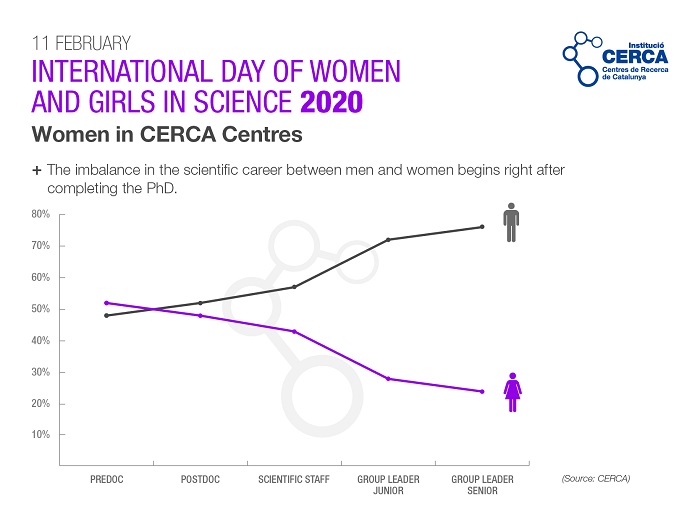
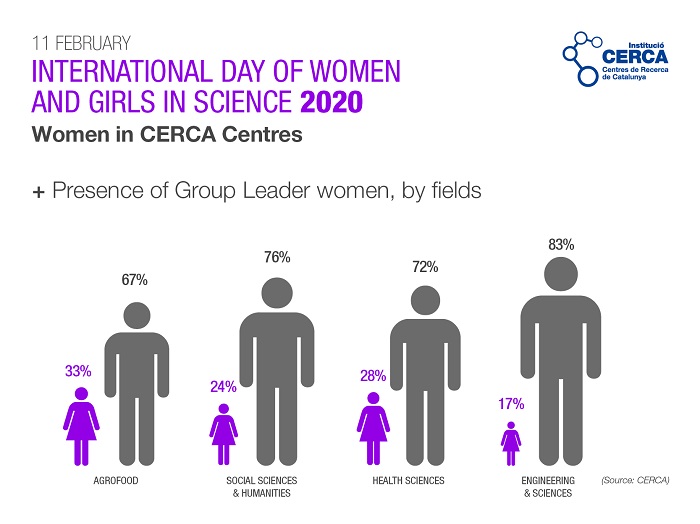

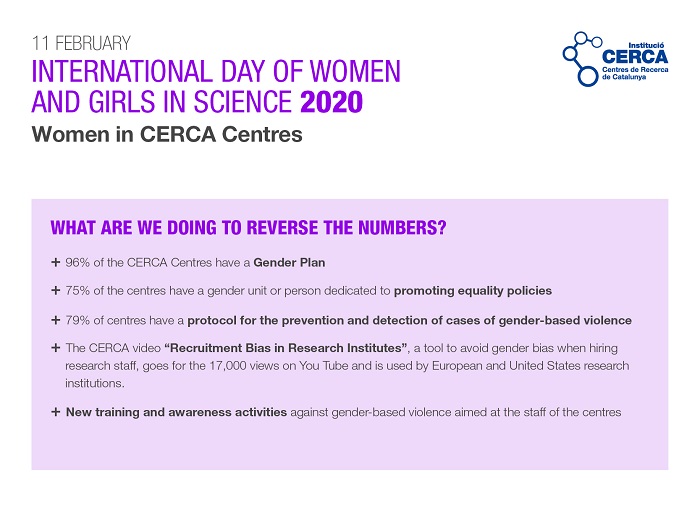
Other resources
- Guide of History to mainstreaming gender in university teaching. Xarxa Vives d’Universitats, 2018.
- Guia per a l’ús de llenguatge inclusiu i no sexista. ICAB, 2018.
- Recomendaciones para la transversalización de la inclusión social y la equidad en la docencia y la investigación (2014). Ana Victoria Portocarrero, Lisa Juanola, Ligia Arana, Ana Yineth Gómez, Dora Munévar, Rebeca Feltrin, Márcia Tait. Tania Revollar Ridoutt, editora. Proyecto Medidas para la Inclusión Social y Equidad en Instituciones de Educación Superior en América Latina – MISEAL. [pdf]
- Curriculum & inclusion. Recomanacions per a incloure la diversitat sexual i de gènere al currículum i la docència universitària. University at Albany. Recull de pdf i lectures. Adreçat a PDI.
- Artículo en prensa: “Tres barreras psicológicas que nos impiden ascender (y explican que haya menos mujeres en la ciencia)”. El efecto Pigmalión, el síndrome del impostor(a) y el efecto Dunning-Kruger. Así funcionan y así se pueden combatir. El País. 15 de febrer 2018. Idoia Sota.



